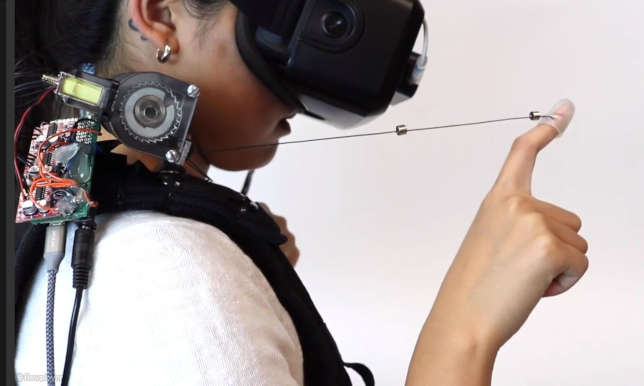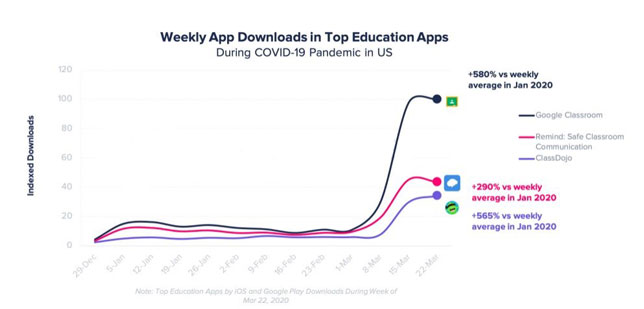THE Journal's Mobile Computing + Augmented & Virtual Reality Resources
Here you'll find articles covering 1-to-1 computing, BYOD, augmented and virtual reality and all things mobile! Topics range from strategies for managing devices to news and reviews about new hardware and software.
A Texas community college turned to virtual reality to help middle schoolers in the region figure out what careers they should declare for themselves as they enter high school, as well as to promote career and technical education (CTE).
Google just announced that the education world would see 40 new Chromebooks along with accessibility improvements during this year.
Microsoft recently announced a set of low-cost student computing devices from several vendors, updated its student pen and introduced an update to Microsoft Teams.
An education robotics company has updated its virtual field trip offerings. RobotLAB will be working with Encyclopedia Britannica on VR Expeditions 2.0.
The new lab at the high school will provide a theater-style setting, numerous VR headsets and hands-on tactile engagement to create mixed reality content.
A company that creates augmented reality and virtual reality education applications has launched a new platform for creating and delivering lessons to be taught in VR. VictoryXR Academy from VictoryXR enables the user to build lesson plans for a single class or a course.
The COVID-19 disruption caught K-12 unprepared and issuing packets of paper, the March solution, won’t work in the Fall. Learning must be continuous, seamless, regardless of location. Time for schools to join the 21st century and use digital curricula. In this week’s blog, we describe classrooms in Michigan that seamlessly weathered the COVID-19 disruption.

A new virtual reality device from a team of Carnegie Mellon University researchers allows users to feel walls and solid objects.

Mobile education applications have experienced a 90 percent increase in weekly downloads usage worldwide between the last three months of 2019 and the first three months of 2020, according to a new analysis by App Annie.

As district IT teams prepare their Chromebooks to go home with students during school closures due to coronavirus, Google has developed some text resources to help them make the changes needed to those devices.